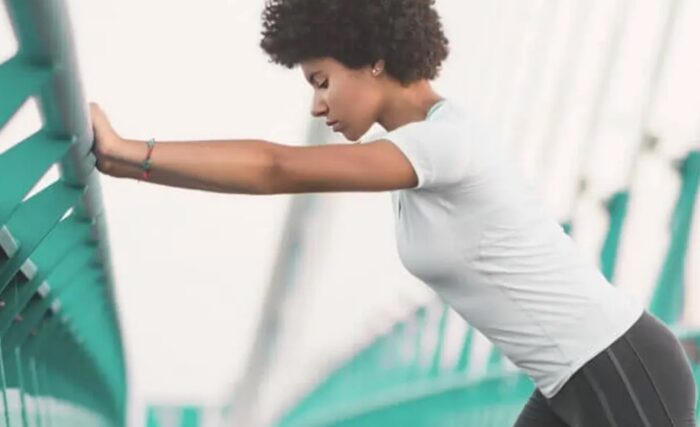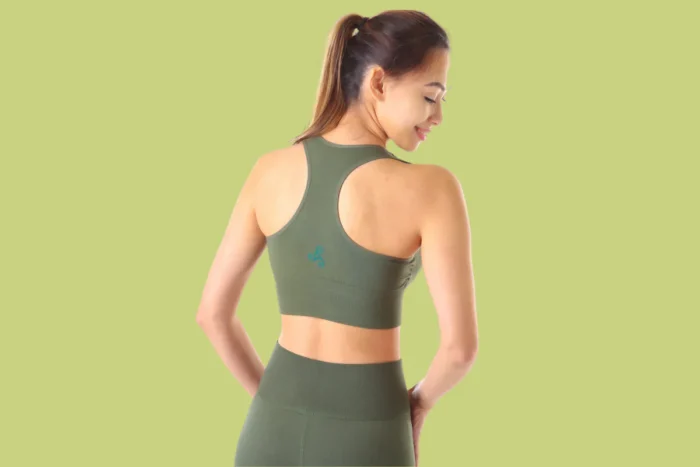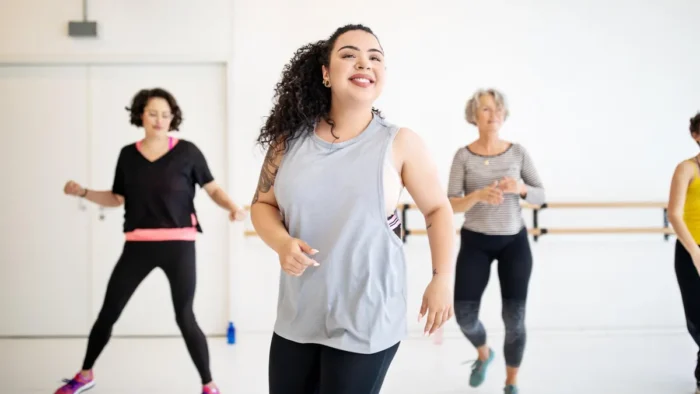Training in summer heat can push athletes to their limits – not just in terms of endurance, but in how well their gear holds up against sweat, sun, and constant motion.
The fabric you choose for your workout clothes makes all the difference in whether you stay cool and dry or overheat and cut your session short.
This guide breaks down the best fabrics for summer sports and fitness training, why they work, and how to use them effectively.
Fabric Comparison for Summer Training
To make it easier to decide, here’s a side-by-side comparison of the most common fabrics athletes use in hot-weather workouts.
| Fabric | Breathability | Sweat Control | Drying Speed | Durability | Best Use Cases |
| Polyester | High | Excellent (moisture-wicking) | Very Fast | Very High | Running, team sports, performance shirts & shorts |
| Cotton | High | Poor (absorbs sweat) | Slow | Medium | Low-intensity training, casual wear |
| Nylon | High | Very Good | Fast | High | HIIT, basketball, compression wear |
| Mesh | Very High | Excellent (maximum airflow) | Very Fast | Medium | Jerseys, ventilated shorts, training tanks |
| Spandex blends | Medium | Good (when mixed with synthetics) | Fast | High | Compression leggings, cycling kits, performance underlayers |
| Bamboo | High | Good (natural wicking) | Medium-Fast | Medium | Eco-friendly sportswear, casual training |
| Merino Wool | Medium | Good (absorbs vapor before sweat) | Medium | High | Long-distance outdoor sports, versatile climates |
Why Athletes Need the Right Fabric in Hot-Weather Training

When your body works in high heat, sweat is its natural cooling system. But if clothing traps moisture, airflow gets blocked, and your skin overheats. That leads to fatigue, rashes, and even a higher risk of dehydration.
The right fabric works with your body: it pulls sweat away, lets air circulate, and prevents heat from building up. Athletes in sports like running, baseball, and tennis often plan their wardrobe as carefully as their hydration strategy. After all, one poorly chosen shirt can ruin a training day.
Polyester: The Training Essential for Runners and Team Sports
Polyester is the most widely used fabric for modern sportswear – and for good reason. It’s lightweight, durable, and resistant to shrinking. Most importantly, polyester wicks moisture away from the body and dries quickly, keeping athletes comfortable even during grueling sessions.
Advantages of Polyester for Summer Training
- Moisture-wicking: Moves sweat to the outer surface where it evaporates.
- Lightweight durability: Doesn’t weigh down or sag when soaked.
- Easy care: Holds shape even after frequent washes.
Polyester is commonly blended with elastane (spandex) for stretch, giving athletes full range of motion without overheating. You’ll find it in performance tees, running singlets, and baseball shorts designed for both airflow and flexibility. For team sports, polyester uniforms remain the industry standard, precisely because they handle sweat better than cotton or heavier textiles.
Cotton: Comfortable for Light Workouts but Risky for Cardio

Cotton has long been a favorite for casual summer wear thanks to its softness and breathability. It feels comfortable against the skin and allows air circulation. However, for sports, cotton has one major drawback – it absorbs sweat instead of wicking it away.
When cotton gets wet, it stays wet. For low-intensity training like yoga or stretching, cotton may still be fine. But during intense cardio sessions or outdoor runs, it can quickly become heavy and clingy. Athletes often mix cotton with polyester blends to balance softness with performance.
Nylon: A Winning Choice for High-Movement Sports
Nylon is another fabric that shines in summer training. Originally designed for parachutes, it’s extremely lightweight and smooth against the skin. Like polyester, it resists moisture buildup and dries quickly, making it ideal for sweat-heavy workouts.
Why athletes choose nylon in the heat:
- Breathable structure promotes airflow.
- Doesn’t trap heat, even in fitted clothing.
- Strong and flexible for high-movement activities.
Many training shorts, compression leggings, and sports bras use nylon for its balance of softness and durability. It works particularly well in sports that require quick movement and frequent stretching, such as basketball or HIIT training.
Mesh: Built for Jerseys, Tanks, and Ventilated Sports Gear
Mesh isn’t a single fabric, but a construction style. By using small holes and open-knit patterns, mesh allows maximum airflow while still providing coverage. You’ll see mesh panels built into jerseys, training tanks, and shorts.
In extreme heat, mesh-lined clothing helps athletes feel a breeze directly on the skin, while sweat evaporates faster. For runners and football players, ventilated gear often makes the difference between pushing through the session or overheating mid-play.
Spandex Blends: Compression Gear That Supports Intense Training
While spandex alone isn’t breathable, blending it with polyester or nylon creates flexible, moisture-wicking gear perfect for summer training. Compression wear, for example, relies on spandex to improve circulation and reduce muscle fatigue, while the base fabric keeps athletes cool.
These blends are common in high-performance leggings, cycling kits, and undergarments for team sports. They cling tightly but still allow sweat to escape – making them a favorite for serious athletes who can’t afford gear-related distractions.
Bamboo and Natural Options: Eco-Friendly Choices for Fitness

In recent years, bamboo fabric has gained traction in athletic apparel. It’s naturally breathable, lightweight, and even resists odors better than cotton or polyester. Bamboo also wicks sweat effectively, making it a strong contender for eco-conscious athletes who want cooling comfort without synthetic fibers.
Other natural options like merino wool – surprisingly effective in hot climates – are designed to regulate body temperature by absorbing moisture vapor before it becomes sweat. While not as common in mainstream sportswear, these alternatives show how fabric technology continues to evolve.
Choosing the Right Fabric for Your Sport

The best fabric depends on the type of training and environment:
- Running & Outdoor Cardio: Polyester blends with mesh panels for airflow.
- Strength Training & HIIT: Nylon or polyester-spandex blends for flexibility.
- Team Sports (Baseball, Basketball, Soccer): Lightweight polyester uniforms and ventilated shorts.
- Casual Training & Recovery Days: Cotton-poly blends or bamboo for comfort.
Practical Tips for Summer Training Gear
Picking the right fabric is only part of the equation. Athletes can maximize cooling benefits by focusing on a few extra details:
- Fit matters: Loose gear enhances airflow, while compression wear should balance support with breathability.
- Color choice: Lighter colors reflect heat, while dark fabrics absorb it.
- Layer smart: A ventilated base layer under a looser top often keeps you cooler than a single heavy shirt.
- Wash frequently: Sweat-soaked fabrics can hold bacteria if not cleaned properly, even quick-drying ones.
Final Thoughts
Staying cool during summer training is about more than comfort – it’s about performance and safety. The right fabrics can help athletes train harder, longer, and without unnecessary distractions from sweat and overheating. While polyester and nylon dominate performance sportswear, newer fabrics like bamboo offer exciting alternatives.
When planning your summer workout wardrobe, remember that fabric is as important as footwear or hydration. Gear that keeps you cool doesn’t just make training more enjoyable – it can give you the competitive edge you need when the heat is on.

